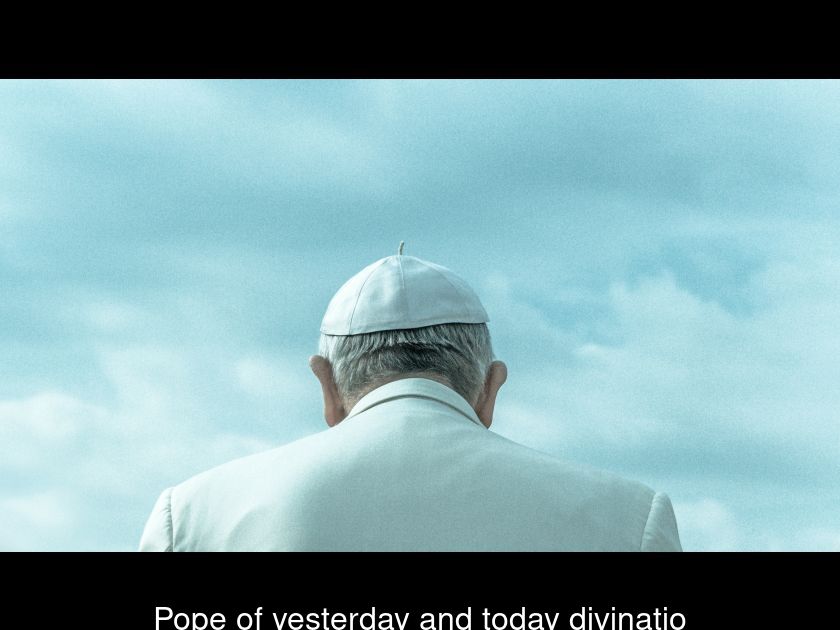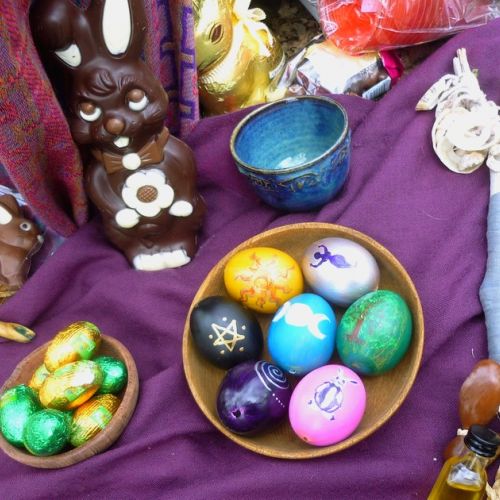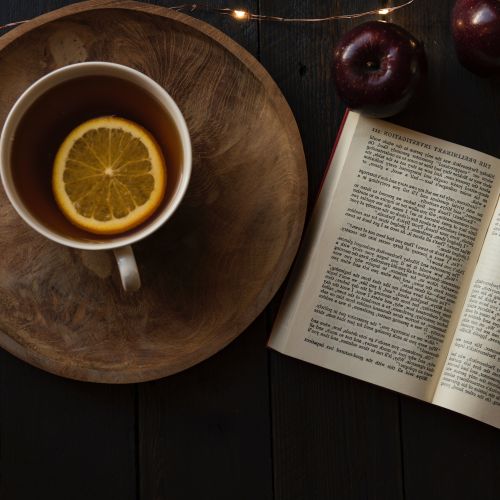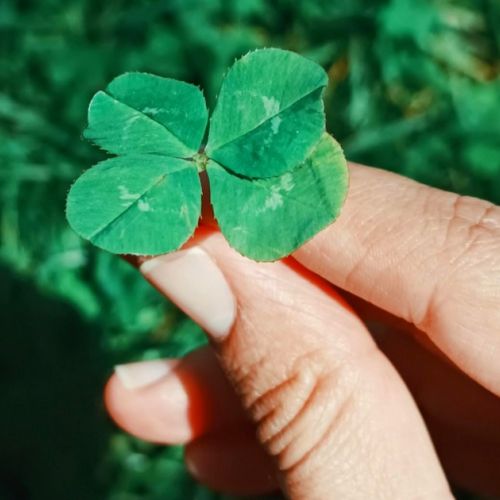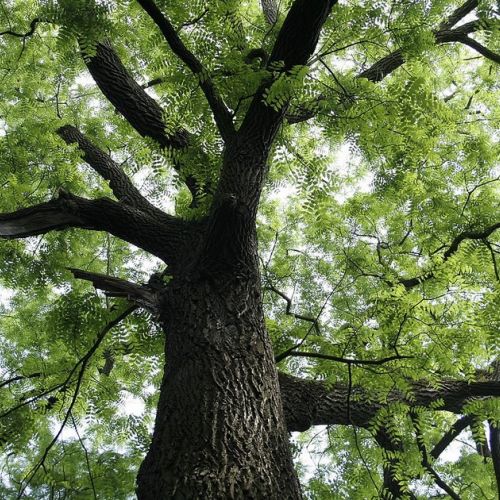Pope Of Yesterday And Today
Following the recent papal events, many of us have questions regarding the Vatican and its leader. Here are some clarifications about a function that has existed since the 1st century and yet is quite unknown.
What is a pope?
The Pope is the head of the Catholic Church as well as the head of state of the Vatican, a micro-state located within the city of Rome.
Who is the current pope?
This is Jorge Mario Bergoglio, renamed Francis, who was elected following the resignation of his predecessor, Benedict XVI. He is the 266th pope, elected on March 13, 2013. Pope Francis is the first pope from the American continent, previously serving as the Archbishop of Buenos Aires. He is the first pope to take the name Francis in memory of Francis of Assisi, who was the first saint to receive the stigmata and also a precursor of interreligious dialogue.
How is the pope elected?
The conclave meets, it is a closed-door meeting of up to 120 elector cardinals. No one officially declares themselves as a candidate to become pope, and in theory, any archbishop, bishop, or even priest can be elected pope. However, in practice, it is always one of the cardinals who is chosen. There is a strict rule that only cardinals under the age of 80 can participate in the election of the next pope, and they are called elector cardinals. The elector cardinals are therefore summoned and gather in the Sistine Chapel at the Vatican to deliberate and vote. Any communication with the outside world is prohibited until the announcement of the elected pope. The new pope is the one who has received more than two-thirds of the votes. The ballots are burned after each round. In order to keep people outside informed, when a round of voting is inconclusive, black smoke comes out of the chimney, and when the vote is conclusive, white smoke is emitted.
What does the pope do during his days?
The Pope has an international diplomatic and media role in addition to his role as the unifier of the Roman Catholic Church. The Pope often receives heads of state, bishops, and Vatican ministers, except on Wednesdays when he holds audience on St. Peter's Square for his followers. In addition to prayer and meditation, the Pope spends a lot of time selecting bishops, reading sacred scriptures, writing speeches, letters, and homilies.
Who is the Pope who resigned?
The former Pope, Benedict XVI, announced his resignation on February 11, 2013, for health reasons. He passed away at the age of 95 on Saturday, December 31, 2022. He was the first pope to resign since the Middle Ages, after eight years of pontificate.
The first pope in History
The first bishop of Rome, Peter, is considered to be the first Pope in history by the Church. It would therefore be the apostle Peter, a disciple of the historical Jesus, according to the Gospel of Matthew (16:18). He was called Simon before becoming pope: "Jesus answered, 'Blessed are you, Simon son of Jonah (...) And I tell you that you are Peter, and on this rock I will build my church.'" The title of "pope" would have been later given to him as a sign of affection and respect, derived from "papa".
Why do we change the name of the pope?
It is about showing the importance of one's consecration. By changing their name, it is an entirely different person who emerges after their sacrament. It is no longer the same man as before. However, they are not obliged to change their first names. However, in the entire history of popes, only two have kept their birth name.
How does the pope choose his regnal name?
He must make this choice within 10 minutes of his election. Tradition dictates that he choose alone, based on his aspirations, admiration for his predecessors or a saint, or to honor his family, in a desire for change. Pope John Paul I was the first pope to innovate by choosing a two-part name to honor the two popes who reigned before him. Aside from that, most popes choose a name that has already been used before, such as John, Gregory, Benedict, Clement, Innocent, Leo, Pius, Stephen, Boniface, or Urban. The only name truly excluded from the possibilities is Peter, as there will only be one Pope Peter, the first.

